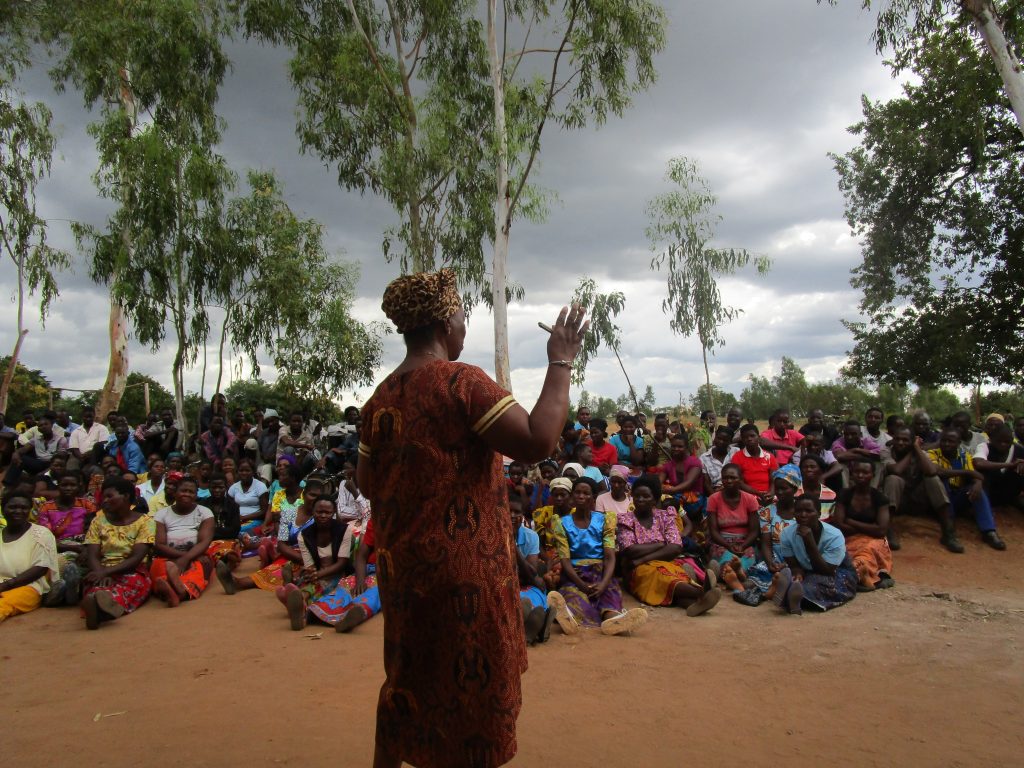Protecting pregnant women from extreme heat’s impacts
By Kashvi Ajitsaria, Yuval Baharav, Lilly Nichols Thu, Nov 9, 2023
In the face of extreme heat, there are clear, actionable steps that individuals, caregivers, and policymakers can implement to reduce risks and improve health outcomes for expecting mothers and infants.
Pregnancy and heat risk
Though the impacts of extreme heat are felt by everyone, some people face greater risk when exposed to excess heat. From income level to chronic medical conditions, a number of socio-economic factors can increase an individual’s vulnerability. Now, as emerging studies have shown, there are gender-specific vulnerabilities to climate-driven extreme heat.
In the new peer-reviewed state of the science literature review, our team of experts revealed the ways that heat can harm women’s and newborns’ health. Exposure to extreme heat during pregnancy can increase the risk of preterm birth, gestation hypertension, gestational diabetes, miscarriage, and stillbirth. The consequences of heat-related or heat-exacerbated illnesses can contribute to lifelong health complications or even death, especially for expecting mothers.
However, there are clear opportunities for caregivers and healthcare providers to improve protection for and treatment of pregnant women in extreme heat conditions. Proper preventative care and treatment can reduce the risk of heat-related illness and death for pregnant patients and improve health outcomes for women and infants.
The ways caregivers can reduce risk for pregnant women
Caregivers and family members provide vital physical, emotional, and social support to pregnant women. By understanding the risks of extreme heat and reducing exposure where possible, caregivers can reduce the risks of heat exposure. Pregnant women should have regular access to healthcare and clean drinking water to minimize potential heat-related complications. In both hospitals and home birth settings, proper hydration can reduce the risk of overheating, especially in rooms where air conditioning is not accessible.


The ways health care providers can reduce risk for pregnant women
Doctors, nurses, and hospital staff inform and treat pregnant patients during pregnancy, guide them during labor, and support them in aftercare. They also can make recommendations on the overall hospital infrastructure and identify gaps in available resources for future improvement. Given their involvement at every stage of pregnancy, care providers should take the following actions when possible:
- Regulate room ventilation and temperature: It is important to increase air flow and ventilation within hospitals and labor suites. In buildings that lack active cooling, labor suites should be located on the lower floors since they tend to be cooler. When it is not possible to change the room temperature or location, healthcare providers can cool laboring patients by hand fanning and applying wet cloths to the skin to regulate temperature.
- Reduce risk of overheating: Working in extreme heat conditions is dangerous, especially for pregnant patients. Clinicians should authorize days off work during extreme heat conditions to reduce the risk of unexpected health complications. Generally, care providers should encourage their pregnant patients to rest during the hottest times of the day. During labor, care providers should monitor their patients for signs of overheating and transfer them to a hospital or room with air conditioning if any symptoms are identified.
The ways policymakers can reduce risk for pregnant women
Local and national policies can improve health outcomes for millions of pregnant women. Since extreme heat impacts every facet of society, government departments should come together and take actions to design and implement the solutions that protect people from climate-driven extreme heat. When considering heat’s impact on pregnant women, policymakers can design targeted interventions that help raise awareness and implement legal protections.
Increase heat and heat wave emergency preparedness: Policymakers should raise awareness to help households prepare for heat waves. Through targeted outreach and awareness campaigns, individuals and communities should better understand their risk and the cooling resources they have access to when the heat becomes dangerous. In cities like Seville, Spain, officials have also utilized data-informed, health-based early warning systems. By categorizing and naming heat waves, policymakers can provide people with the time and knowledge they need to take appropriate action to reduce their risk of heat-related illnesses and death.
Develop workplace protections: People working in heat-exposed environments are extremely vulnerable to heat’s harmful impacts. Without proper regulation for access to cooling, regular breaks, and access to water on site, the rising temperatures can put all workers at risk. However, there is an additional burden on workers with heat-related vulnerabilities, including pregnant workers. Policymakers should develop regulations on safe extreme heat working conditions for all workers that also consider the specific needs of pregnant women.

A healthier future for pregnant women and newborns
As Arsht-Rock’s state of the science literature review revealed, pregnant women can be exceptionally vulnerable to the dangers of climate-driven extreme heat. It is essential to take steps at the household and governmental level to protect pregnant women from the impacts of rising temperatures. From access cool, safe drinking water to workplace protections, there are clear solutions at every level.
These recommendations are only the start of a bigger conversation on how heat impacts vulnerable communities. Policy and health care provider action can improve access to the interventions that build patients’ resilience to the impacts of extreme heat. By prioritizing the health and safety of pregnant women, we can build positive, long-term health outcomes for individuals, families, and entire communities.



